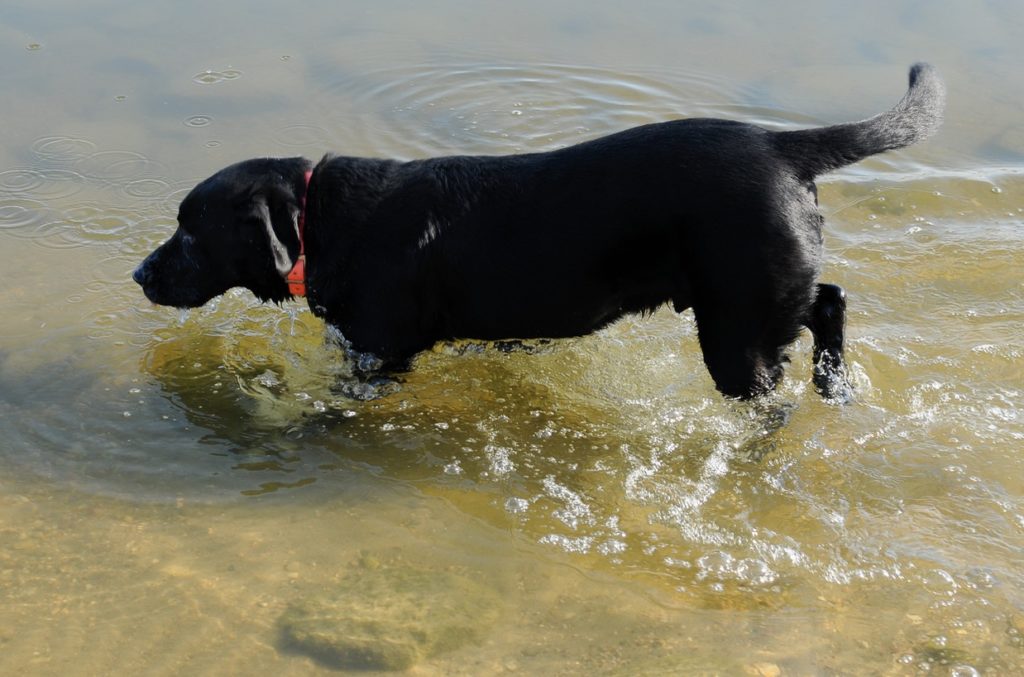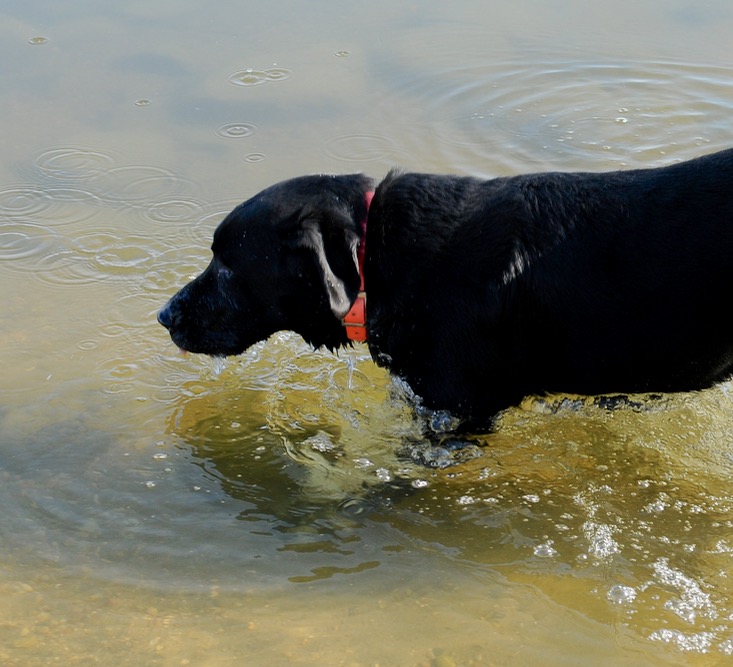Dog sense
Beware of dangerous drinks
Advertisement
No matter how awful water looks, smells or tastes, dogs will slurp it up if they’re thirsty.
During the dog days of summer, unfortunately, that water may contain toxic levels of blue-green algae. Here’s how to keep your pooch safe around water in the summer.
Advertisement
KNOW THE FACTS
Cyanobacteria, often called blue-green algae, are microscopic organisms that occur naturally in wetlands, lakes and streams. In warm, stagnant water, cyanobacteria thrive and form a scummy mass on the surface called a bloom. These blooms range in colour from bright blue to red, brown or dark green; dense blooms form solid-looking clumps. New blooms smell like freshly mown grass, while older ones reek like rotting garbage. Cyanobacteria produce different toxins that are dangerous to dogs and humans, entering the body through ingestion or skin contact. The toxins can attack a dog’s liver, and symptoms may not be evident for a few days. In extreme cases, the poison can send a dog into respiratory distress, and possibly lead to death within a few hours of exposure.

PLAY SAFE
Advertisement
Never let your dog swim in, or drink, water if there are visible blooms. While not all algae contain the deadly cyanobacteria, it’s still a good practice to give your dog a thorough rinsing after a summer swim. Also, provide plenty of fresh drinking water so your dog is not tempted to lap up potentially toxic water.
BE PREPARED
If your dog has been exposed to cyanobacteria and exhibits symptoms such as vomiting, diarrhea, panting, excessive drooling and jaundice, seek immediate medical attention. Your vet may be able to flush out the toxins if caught early enough, mitigating the effects. Thankfully, as fall progresses and the days and nights cool, toxic blooms decrease. So, by the time hunting season is in full swing, the risks to your gun dog should be minimal.

